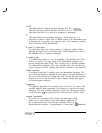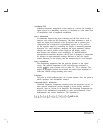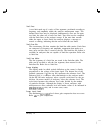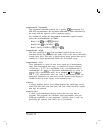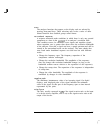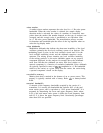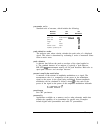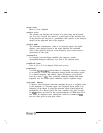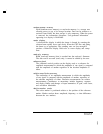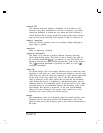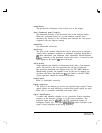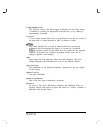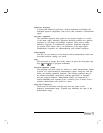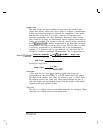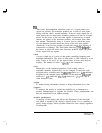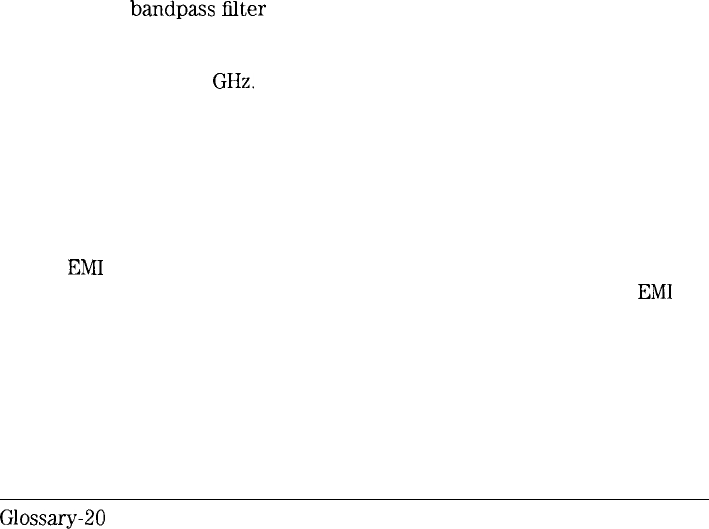
I
-
I
-
phase noise
Refer to noise sidebands
position units
The position unit describes the location of a point along the horizontal
axis of a trace. Position unit values of a trace begin on the left-hand side
of the graticule and increase to a predefined value (specific to the analyzer
model) on the right-hand side of the graticule.
positive peak
The maximum, instantaneous value of an incoming signal. On digital
displays, each displayed point of the signal indicates the maximum
value of the signal for that part of the frequency span or time interval
represented by the point,
preamplifier
An external, low-noise-figure amplifier that improves system
(preamplifier/analyzer) sensitivity over that of the analyzer itself.
predefined trace
Trace A, B, or C of an analyzer. Refer also to trace.
preselector
A tunable bandpass
lilter
placed ahead of a frequency converter, or mixer,
of an analyzer. It tracks the appropriate mixing mode and passes signals
of a desired frequency and reduces others. Preselectors are typically
used only above 2
GHz.
They essentially eliminate multiple and image
responses and, for certain signal conditions, improve dynamic range.
quasi-peak detector
A detector circuit designed with time constants that give a weighted value
to the amplitude of a detected signal. The displayed signal output is an
indication of the degree to which the detected signal would impair the
intelligibility of a desired signal The time constants (rise, fall, average)
for
EM1
purposes are based on the recommendations of CISPR that are in
turn based on subjective tests. Interference limits for commercial
EM1
tests are often given in quasi-peak values.
Glossary20



